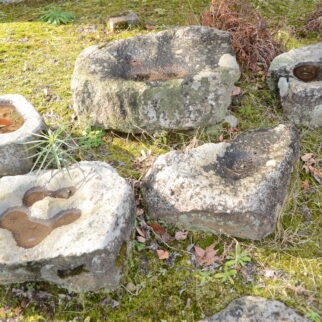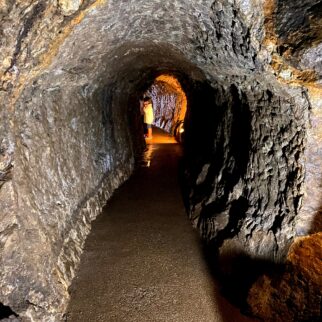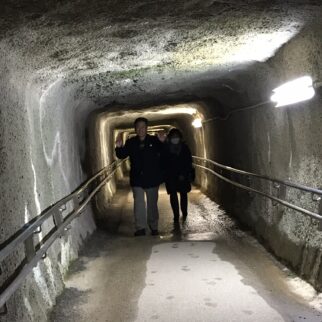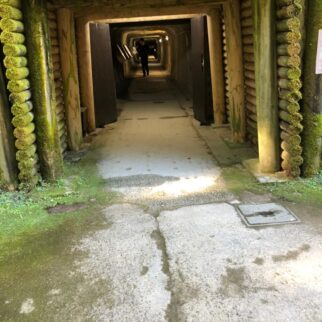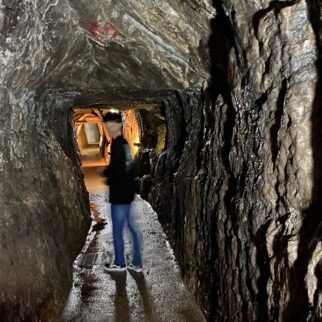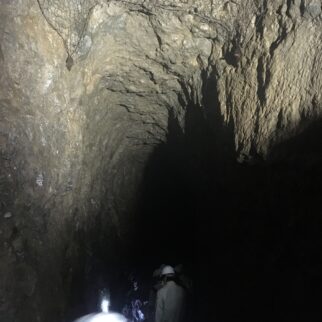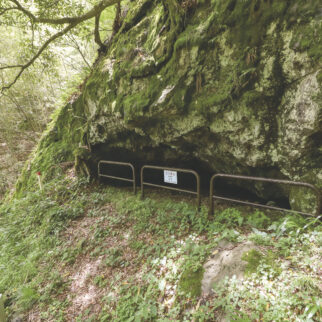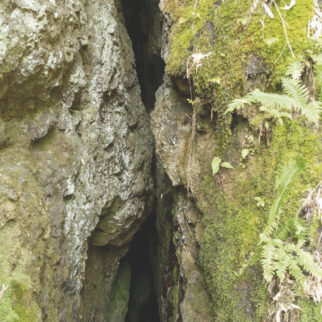 Iwami Ginzan Silver Mine site
Iwami Ginzan Silver Mine site
created by a volcano


Iwami Ginzan Silver Mine, the source of radiance
Iwami Ginzan Silver Mine Ruins (Sennoyama-no Fukuishi deposit)

Full-scale development of the Iwami Ginzan Silver Mine began in the 16th century, and its mass production of silver had an impact on politics and economics both in Japan and overseas. As the reason for its success, the significance of the unique silver ore called “Fukuishi” cannot be overlooked. Fukuishi is silver ore derived from rocks that were formed by the accumulation of volcanic ash and volcanic lapilli. The area where Fukuishi was distributed, from near the summit of Mt. Sennoyama to the eastern side of the mountain, was called the Fukuishi deposit. Fukuishi was often distributed over large areas, and the rock itself was not particularly hard, so it could be excavated quite efficiently. The ore was a combination of minerals that allowed the silver to be easily extracted using a smelting technique called cupellation, introduced in the 16th century. This led to the mass production of silver from the 16th century to the first half of the 17th century.


- 1Mt. Sennoyama
- Mt. Sennoyama, which forms a corner of the Mt. Oetakayama volcano, is a “volcaniclastic mound” formed by the accumulation of volcanic ash and lapilli from an eruption about 1.5 million years ago. The hot spring waters that erupted from this mountain caused precipitation of silver and other minerals, forming mineral deposits. The Fukuishi deposit, which was formed when hot water permeated the volcaniclastic mound of earth and sand, was ideal for silver production with the techniques of the 16th century.
- 2Cupellation
- This was the technique used for smelting (refining) silver and gold. The technique implemented at the Iwami Ginzan Silver Mine in 1533 involved the addition of lead or lead ore during the ore melting stage to create an alloy of lead and silver. When the silver-lead alloy is melted in a furnace covered with ash, the silver remains on top of the ash.







